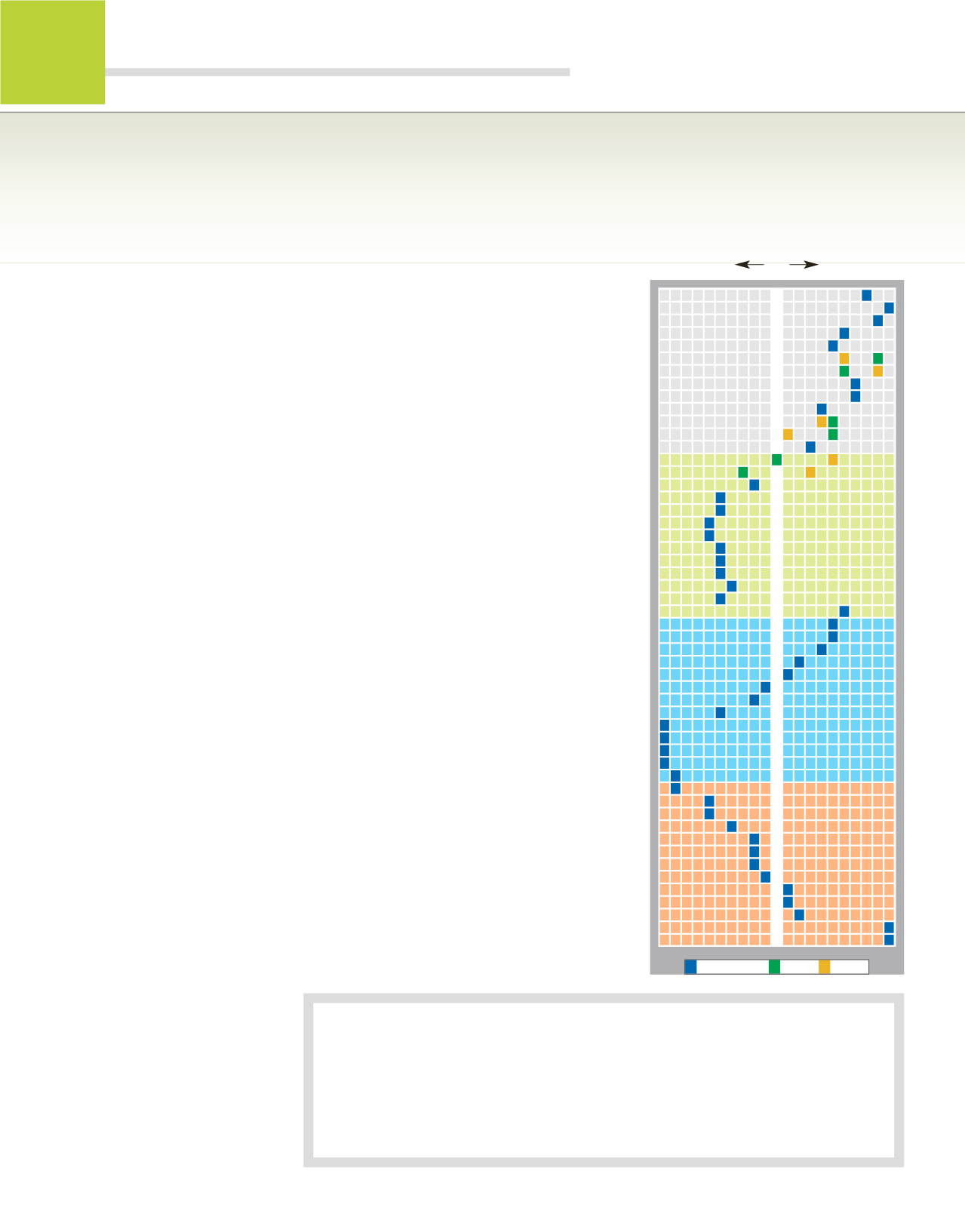

16
INTERVAL INTERNATIONAL
IntervalWorld.com
VACATION PLANNING WITH THE TRAVEL DEMAND INDEX
To assist you in planning your next
vacation — whether you are exchanging a resort week, or purchasing a Getaway, vacation package, or other
travel products — Interval’s Travel Demand Index (TDI) will help you determine when the best opportunities for
travel are likely to be available. The Travel Demand Index can be found throughout this book on the first page of
each of the market area features.
THE TDI AND HOW IT WAS DEVELOPED
With the differences in worldwide travel patterns, it is often difficult to know when the best
travel opportunities exist in a particular destination. The TDI will help you make vacation
plans by showing relative weekly inbound leisure demand for the market areas featured in
this
Travel Planner
.
When you place an exchange request or attempt to book any other travel reservation, the
TDI can serve as a useful guide by demonstrating the historical strength of demand in a
given area during each week of the year. If you trade with points, the TDI plays a major role in
determining how many points you will need to make an exchange with Interval.
The TDI reflects historical hotel and resort data on occupancy and average daily rates,
supplemented by historical relinquishment and redemption data experienced by Interval’s
network. This information serves as a good indicator of the demand for accommodations
and inbound leisure travel patterns in a given area, and will help you plan your vacation.
HOW IT WORKS
The TDI consists of seasonal indexes presented on the first page of each feature in this
Travel
Planner
. (Seasons are roughly represented by gray for the Northern Hemisphere’s winter,
green for spring, blue for summer, and orange for autumn. Note that the seasons occur at
opposite times of the year in the Southern Hemisphere, and that reversal is reflected in the
TDIs for areas south of the equator.) TDIs can also be found online at IntervalWorld.com.
Each area in the region is assigned a numerical index for every week of the year, with 100
representing the average inbound leisure travel demand. The higher the figure is above 100,
the greater the relative leisure travel demand for the area during that week. Numbers below
100 indicate periods when it may be easier to confirm exchange accommodations and less
expensive to reserve other travel services.
The seasonal indexes reflect the cycles of leisure travel demand over the course of a
year. For example, higher seasonal indexes in winter periods are typically observed in regions
that are beachfront warm-weather locations or ski destinations. Some peaks are associated
with tourist-drawing events that are held regularly during specific weeks. Of course, holidays,
special events, and other highly desirable vacation periods typically have higher relative
demand for leisure travel services such as accommodations, and higher rates within those
specific weeks. And, floating holidays may occur during different weeks from one year to the
next. To illustrate these changes, the indexes throughout this book show values for 2016 and
2017. Weeks with the same numerical index for both years are indicated with a blue square.
Weeks with a different numerical index from one year to the next are represented by green
(2016) and orange (2017). Keep in
mind that in any given year, the actual
demand patterns may deviate from
historical trends due to severe weather
and other unpredictable events.
HOW TO READ THE TRAVEL DEMAND INDEX
To use the Travel Demand Index when you are ready to plan your next vacation, consider the
seasonal index above. In this example, the index indicates that the best prices and availability
historically are found during weeks 35 through 38. During weeks 2, 51, and 52, prices will
likely be higher than average and availabilities more limited. Demand is expected to fluctuate
from 2016 to 2017 during weeks 6, 7, 11, 12, 14, and 15. Note that some years have a
week 53. (For more information, turn to pages 20 and 21.) In those cases, week 53 has the
same numerical index as week 52.
How to
Exchange:
The Travel Demand Index
50 100 150
Weeks
1
2
3
4
5
6
7
8
9
10
11
12
13
14
15
16
17
18
19
20
21
22
23
24
25
26
27
28
29
30
31
32
33
34
35
36
37
38
39
40
41
42
43
44
45
46
47
48
49
50
51
52
Greatest
Demand
Greatest
Availability
Market
Average
2016 – 2017 2016 2017

















